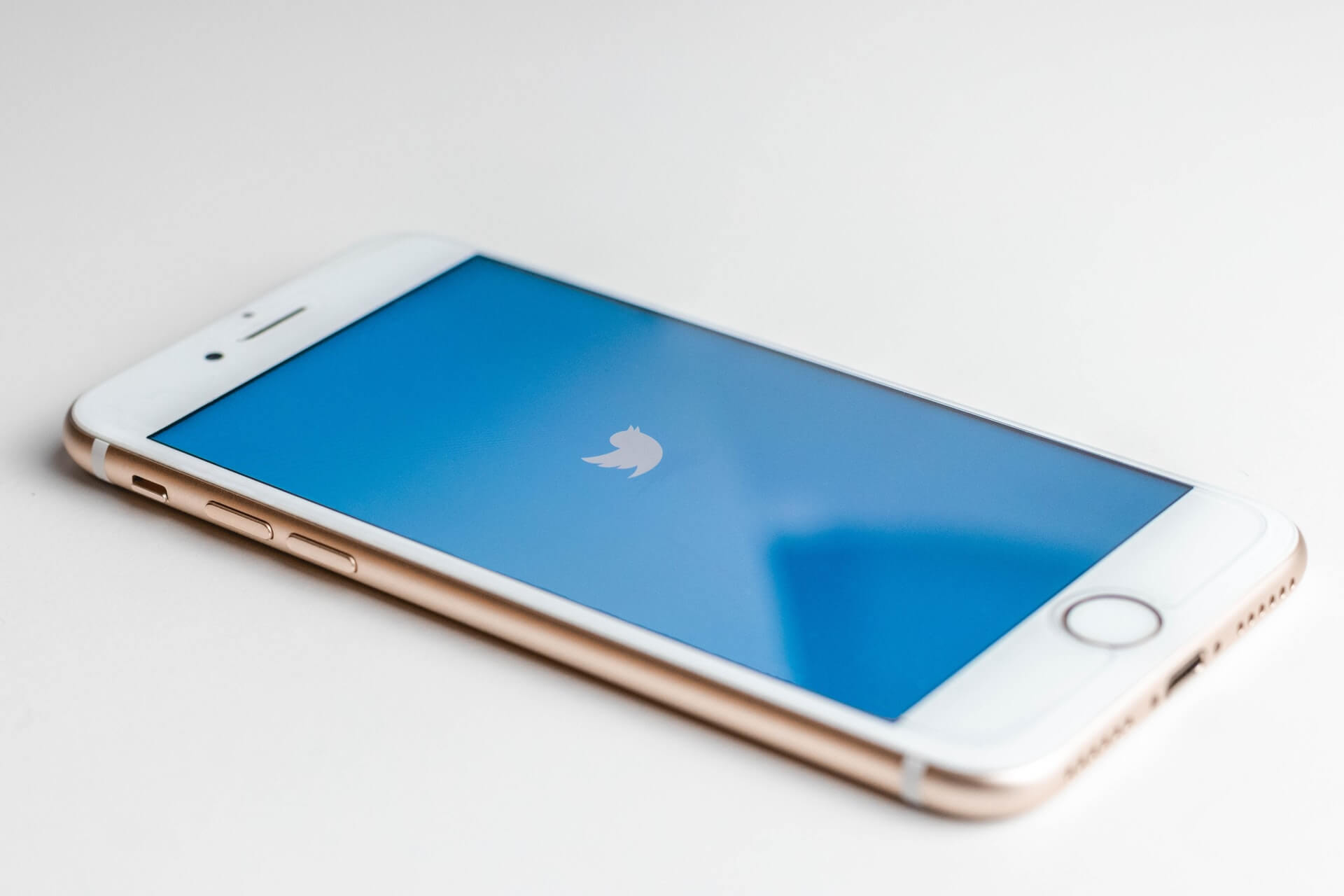Picture vs. Video: Datassential Weighs In
by David Klemt

If you want to meet guests—both regular and new—where they are, it helps to know how they prefer to consume social media content.
However, I’m not talking about which platforms are the most popular. We’ll get to that, but I’m talking about the content itself.
It appears that two camps are emerging: Team Picture and Team Video. And yes, they appear to follow demographic delineations.
Veteran operators and front-of-house teams know the drill. It’s standard for a server to drop food off and phones to hover over dishes immediately.
Bartenders, of course, also know the routine. In fact, bartenders working behind the stick across the globe know chronically online guests will come seeking specific drinks because they’re “Instagrammable.”
Hey, I’m not above it—I’ve snapped pics at bars and restaurants known for their innovative drink presentations. The same can be said about certain dishes at particular restaurants.
But is that camera just rapid-fire snapping photos? Or is it becoming more common for the guest holding the phone to record video?
Luckily, F&B market research agency Datassential has data-driven answers to those questions.
Still Photography vs. Moving Pictures
Okay, I’ll admit that this subheading title is a bit lame. Whatever—I’m keeping it in.
At any rate, you know what I’m talking about here, pictures versus videos. Interestingly, Datassential suggests that our industry is already at least a bit behind in this debate.
As they say in their latest Foodbytes report, 2023 Food Trends, “It seems like the food industry only just figured out how to cater to the importance of photography and Instagram and now it’s all being replaced by video.”
Specifically, Datassential speaks about short-form video in this report. Essentially, the agency is saying that guests (younger generations, in particular) are “over” still or static images of F&B items.
Today, just like video killed the radio star, video is on a still photography killing spree. And as I mention above, Datassential’s data reveals what people expect regarding this topic when it comes to age groups.
Unsurprisingly to some, Gen Z is most likely to consume video content. It follows, then, that 67 percent of this group has taken video of food at a restaurant or at home.
Next up, at 54 percent, is Millennials. Forty percent of Gen X says they’ve taken video of food at a restaurant at home. Just 18 percent of Baby Boomers have done so.
Where are People Consuming Video Content?
So, that’s the “who.” Now for the “where.”
According to Datassential, these are the top platforms for video consumption:
- BeReal: 11 percent
- TikTok Live: 25 percent
- Twitter video: 27 percent
- Snapchat video: 35 percent
- Instagram Reels: 38 percent
- TikTok: 41 percent
- Facebook Live: 41 percent
- Instagram videos: 44 percent
- Instagram Stories: 45 percent
- Facebook Stories: 48 percent
- YouTube: 77 percent
Does this mean you need to create content for each platform? Well, unless you somehow have the time or a digital marketing team, probably not.
Instead, you’ll want to pick the platforms that make the most sense for your brand and audience. There are also cross-posting tools that can save you time and simplify the process.
Takeaway
It’s up to individual operators to choose their social channels. The same is true for what they plan to post, photos or videos.
There’s a different consideration I want operators to keep top of mind. If video continues to dominate social, think about what could happen to dining rooms. It won’t be unusual for “influencers” to break out handheld lighting equipment to create videos. And I think we all know what that will do to the atmosphere in restaurants, bars, and lounges.
As strange as it may seem, operators may need to post signs banning flash photography and lighting for videos. Otherwise, the guest experience will diminish. Who pays the price for that negatively impacted experience? Not the influencer; the operator takes the hit in their reviews and traffic.
If video is here to stay, operators need to observe their dining rooms and adjust accordingly. That doesn’t just mean crafting video-worthy interiors and menu items. Now, it also means protecting the guest experience.
Image: Alexander Andrews on Unsplash


